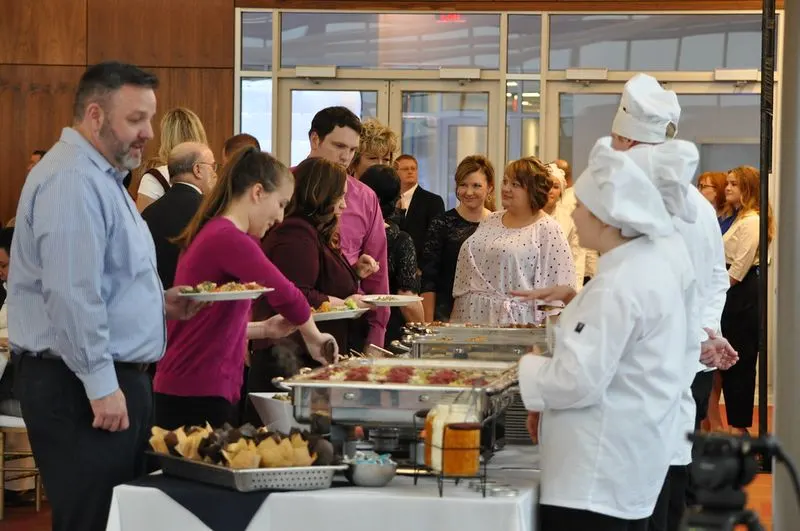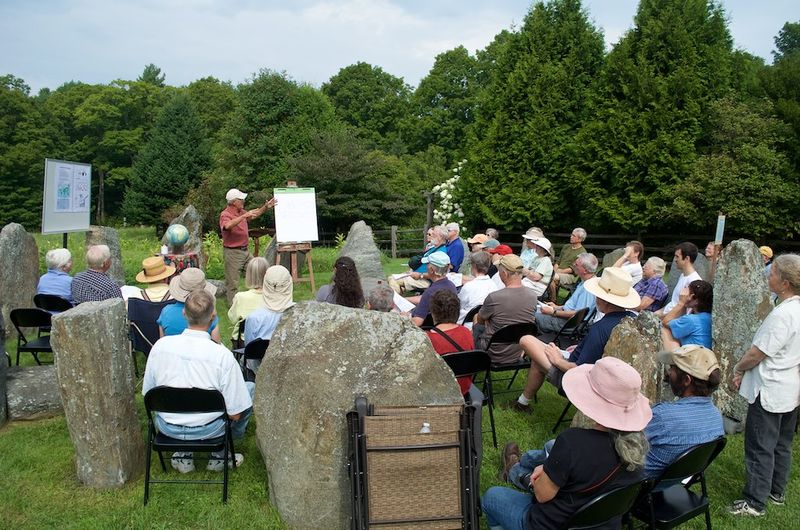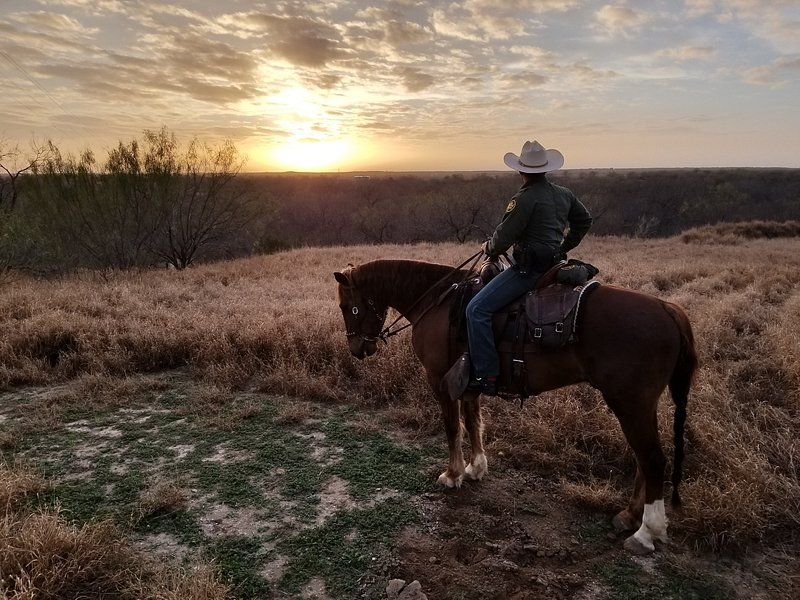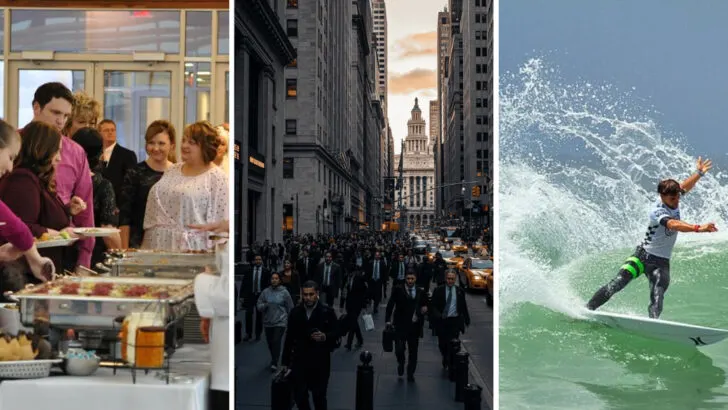America may be one nation, but it’s a patchwork of personalities—and manners are where those differences really show. What’s polite in Maine might come off as rude in Texas. A friendly Midwestern “pop in anytime” could terrify a Californian who schedules social visits two weeks in advance. From Southern charm to New York bluntness, every corner of the country has its own unwritten rules. Break them, and you’ll get the look—that silent, powerful judgment that says, “You’re not from around here, are you?”
Let’s take a tour through the quirks, customs, and quiet codes that shape how Americans greet, eat, and even argue—revealing why the same words can mean warmth in one state and war in another.
Southern Hospitality

“Y’all come back now, ya hear?” echoes the charm of the South. Southern hospitality isn’t just a phrase; it’s a way of life. With open hearts and doors, Southerners often offer food and warmth to guests.
This friendliness can sometimes overwhelm those from less effusive regions. Yet, it’s a hallmark of Southern culture, where politeness is paramount.
In the South, even strangers are greeted like friends, and kindness is the norm rather than the exception. This can puzzle individuals from more reserved areas.
New York Directness

“Get to the point!” is the unwritten rule of New York conversation. Known for their directness, New Yorkers are often perceived as brusque.
In a city that never sleeps, time is a luxury. This forthrightness can unsettle those accustomed to softer communication.
Yet, in New York, this candid approach is appreciated as efficient. For some, it translates to rudeness, while for others, it’s simply pragmatic.
Midwestern Politeness

“Oh, sorry!” is more than a phrase—it’s almost a reflex in the Midwest. Known for their politeness, Midwesterners often apologize even when not at fault.
This courteousness is rooted in a culture of friendliness and respect. To outsiders, it might seem overly subservient.
However, in the Midwest, this mannerism fosters community and goodwill, making it an intrinsic part of their identity.
California Casualness

“Chill vibes only” could describe California’s approach to life. Known for its laid-back demeanor, California embraces a casual lifestyle.
From attire to attitudes, the Golden State prioritizes relaxation. This nonchalance can be mistaken for laziness by those from more structured regions.
Yet, Californians see it as embracing life’s pleasures. This cultural focus on leisure and easygoing attitudes defines their regional identity.
New England Reservedness

“Silence speaks volumes” in New England, where reservedness reigns. Known for their stoic demeanor, New Englanders value their privacy.
This restraint can be misinterpreted as aloofness by those from more open regions. However, it’s a deep-seated characteristic shaped by history and tradition.
For New Englanders, actions often speak louder than words, emphasizing quality over quantity in social interactions.
Texan Pride

“Everything’s bigger in Texas,” including pride. Texans carry a notable sense of state pride, often viewed as boastfulness by outsiders.
This fervor is rooted in a rich history and cultural identity, where being Texan means something special. While it may come across as arrogance, it’s genuinely about loyalty and heritage.
For Texans, this pride is a badge of honor, a sentiment deeply woven into their way of life.
Pacific Northwest Introversion

“Rainy and introspective” describes the Pacific Northwest’s demeanor. Known for introversion, residents here often prefer solitude or small gatherings.
This quiet nature can be seen as antisocial by those from more vibrant regions. However, it’s simply a preference for more meaningful interactions.
In this region, the focus is on depth, not breadth, of relationships. It’s a culture that values personal space and reflection.
Appalachian Simplicity

“Simple living, high thinking” defines the Appalachian way. Known for their simplicity, residents often value traditional living over modern complexities.
This lifestyle can seem outdated to those from urban areas. Yet, it’s about cherishing a slower pace and deeper connections with nature and community.
In Appalachia, simplicity is seen as a strength, a choice that brings clarity and fulfillment.
Florida’s Eclectic Mix

“A melting pot of cultures” best describes Florida. Known for its eclectic mix, the state thrives on diversity in both people and manners.
This variety can be confusing to those from more homogeneous regions. Yet, it’s a celebration of cultural richness and adaptability.
In Florida, differences are embraced, creating a vibrant social tapestry that’s uniquely its own.
Alaskan Independence

“The last frontier” shapes Alaska’s independent spirit. Known for self-reliance, Alaskans often value individualism and resourcefulness.
This independence can be perceived as isolation by those from more interconnected regions. However, it’s born from necessity in harsh environments.
In Alaska, carving out one’s path is respected and revered, making it a defining regional characteristic.

